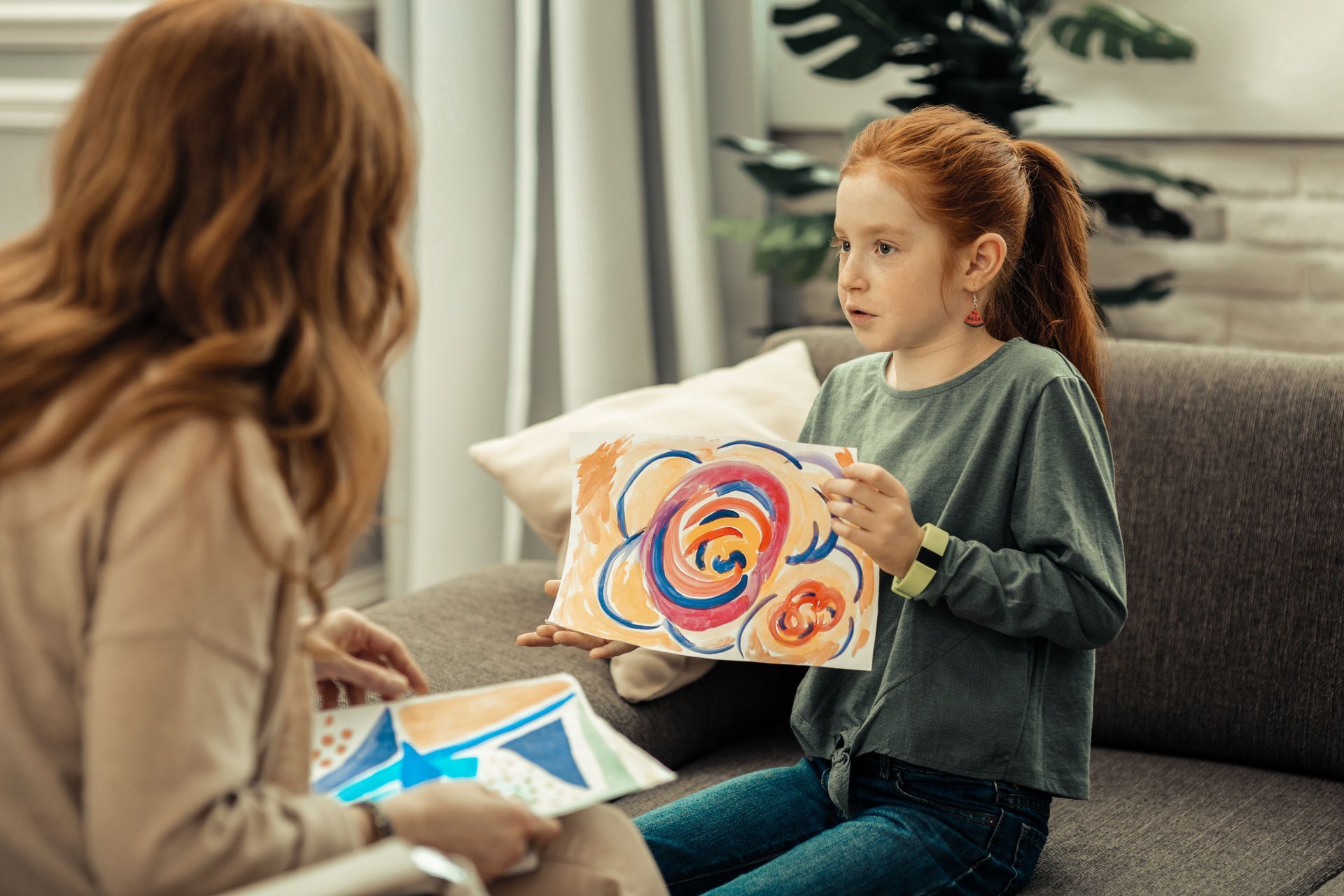Do you have a family member or acquaintance who needs help with managing challenging behaviours? As a parent or carer of people with disabilities and mental health conditions, you know how challenging it is to manage difficult behaviour. Fortunately, Positive Behaviour Support (PBS) can help you create an appropriate environment, teach effective behaviour management strategies, and develop individualised support plans for them.
In this article, we will define what is positive behaviour support and how it can help people with disabilities manage their challenging behaviours so they can live a fulfilling and meaningful life.
What is meant by Positive Behaviour Support?
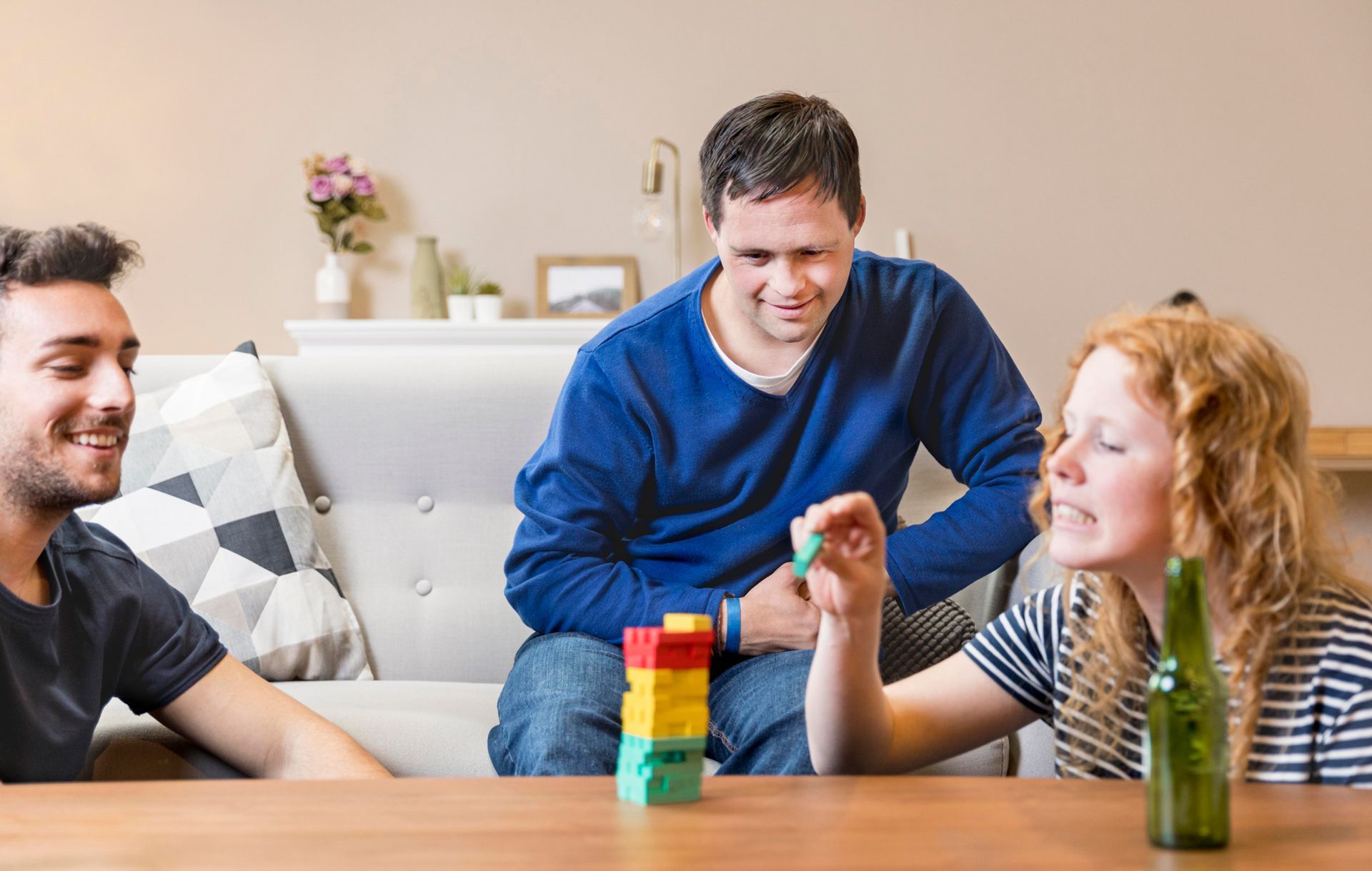
Image by Freepik
Positive behaviour support (PBS) is a person-centred approach that parents, carers, and behaviour support practitioners use to provide the right support to people with learning disabilities, autism spectrum disorder, attention deficit hyperactivity disorder, and those with mental health conditions who are experiencing or at risk of exhibiting challenging behaviours. Rooted in evidence-based practices, positive behavioural support ensures that the support provided is backed up by reliable research and proven positive strategies.
Challenging behaviour is basically persistent behaviour causing significant difficulties and limitations that affect a person's well-being and impedes their ability to lead a meaningful life. Regardless of the circumstances, challenging behaviour occurs due to the influence of three distinct elements.
- past experiences and learnings
- thoughts and behaviours of their family members, relatives, and peers
- home environment, community, and cultural practices
Although positive behaviour support addresses each of these areas, most people with disabilities find themselves in situations where they are unable to cope positively with the demands placed upon them.
Positive behaviour support focuses on understanding the reasons behind challenging behaviours and then developing tailored interventions to help the individual manage and cope with these negative behaviours.
What is an example of Positive Behaviour Support?
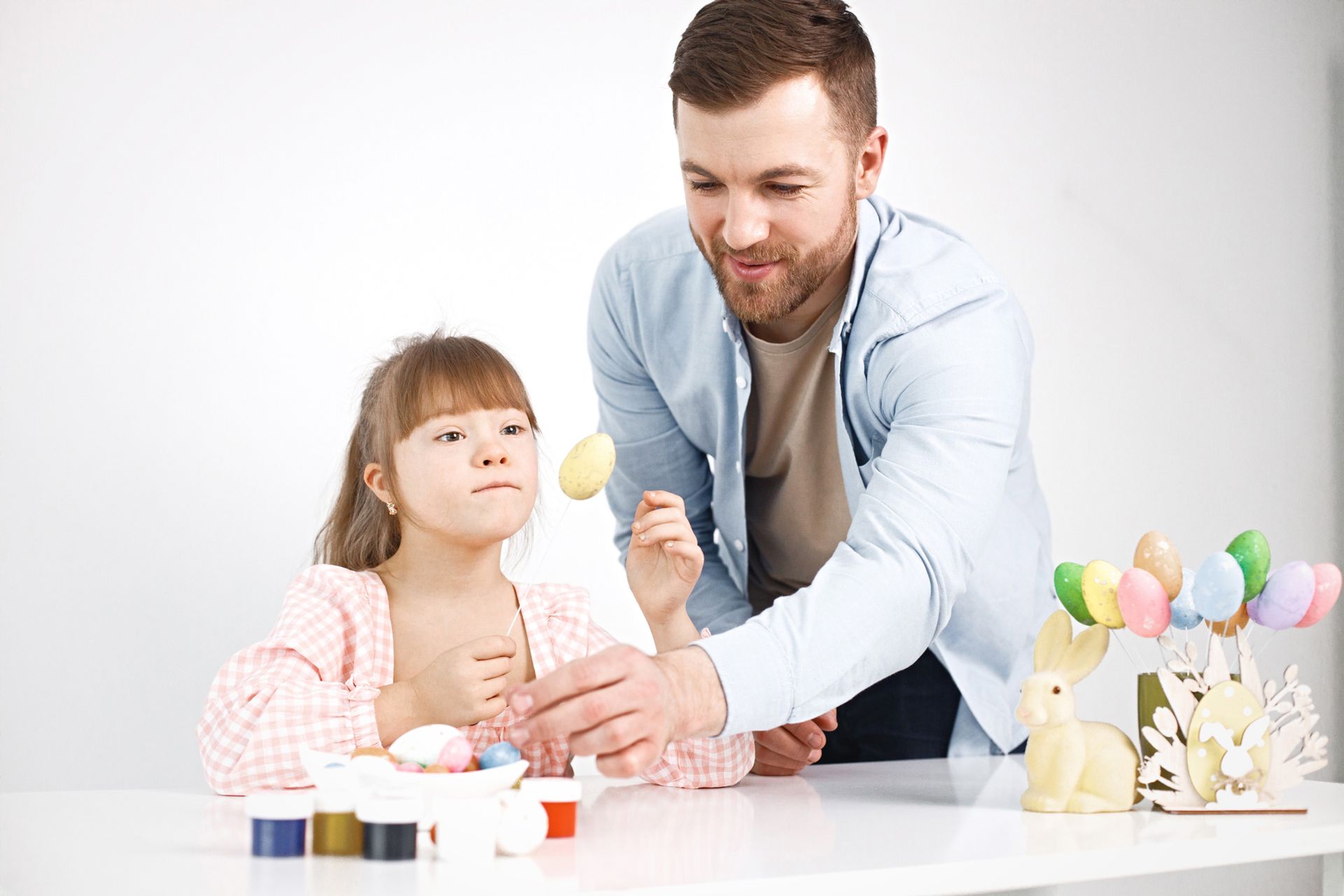
Image by Freepik
A perfect example of positive behaviour support is teaching an individual how to manage their anger when faced with a difficult or frustrating situation. For instance, a person who has a disability may suddenly become angry when asked to do a task he or she finds difficult.
In this instance, make sure that you talk to him or her in a calm voice and guide the person patiently during the task. Positive behaviour support in Wollongong helps individuals learn how to manage their emotions and respond more appropriately through structured routines, rewards and recognition, positive reinforcements, self-monitoring, and more. Ultimately, these techniques help the person learn how to self-regulate their emotions in difficult situations.
It is important to remember that when it comes to behavioural support, the focus should be on helping the individual understand why they are feeling a particular way. You can even teach some breathing techniques or provide fidgety activities to keep them busy. After he or she has completed the task, provide positive reinforcement and praise by saying something encouraging. Encouraging positive behaviour will contribute to the development of their confidence and self-esteem, fostering a cycle of positive behaviour.
What is the primary aim of Positive Behaviour Support?
Positive behaviour support aims to manage challenging behaviours and enhance a person's quality of life by teaching them coping strategies and promoting positive communication and social skills. This can be done through the use of positive reinforcement, change of environment, and other appropriate interventions. The goal is to develop a safe environment where the person can thrive and reach their potential.
Unlike other traditional methods, the primary goal of positive behaviour support is not to fix the challenging behaviour itself, but to provide support, implement strategies and develop better coping skills to manage challenging behaviours more effectively. Basically, positive behaviour support is based upon the principle that if you can teach an individual a more efficient and socially acceptable behaviour, then the challenging behaviour will diminish.
What are the main elements in a Positive Behaviour Support Plan?
Positive Behaviour Support Plan involves developing and implementing targeted interventions such as social skills training and individualised behaviour support plan to address the needs of individuals who may be at risk of developing challenging behaviour.
In the initial stage, a behaviour support plan is put in place to prevent or reduce the occurrence of negative behaviour by addressing the person's environment and any contributing factors and underlying needs.
This is where functional behaviour assessment is conducted to help identify and understand the triggers of the challenging behaviour. This process involves conducting interviews and observations to gather information about the person's behaviour.
The goal of this assessment is to identify and provide the necessary support an individual needs to reduce and manage his or her challenging behaviour. It also strives to minimise or eliminate the use of restrictive practices through these simple strategies.
- carefully observing their emotional state to detect any initial indications of restlessness.
- modifying the person's environment to better meet their needs
- addressing the triggers that contribute to the challenging behaviour
- adjusting the reinforcement that sustains the challenging behaviour
- supporting individuals to actively participate in various activities in order to attain a meaningful life
- developing the building skills of each individual to increase their independence and coping skills
- intervening early by eliminating triggers, diverting attention, and providing them with personal space
By implementing these strategies, parents, carers, and support workers can create an environment that prioriteses a person's well-being, minimises challenges, and fosters personal growth and development.
What are the Positive Behaviour Support strategies?
Positive strategies are focused on preventing challenging behaviour before it occurs. It involves strategies that are based on an individual's unique needs and abilities. This type of approach is best suited to create an environment where the person can kept away from harm.
Technically, these strategies are not intended to treat a person's challenging behaviour but they provide safe and ethical responses before the behaviour takes place. As included in the PBS plan, this include:
- Strategies to build on the person's strength
- An overview of a person's biopsychosocial strengths and needs, including their health, routine, and relevant history, provides a comprehensive understanding of their overall well-being and requirements
- Replacement behaviours and skills should be taught as alternatives to challenging or negative behaviours
- Environmental supports
- Staff supports
- Communication/ sensory/ learning supports
- Strategies to reduce the behaviour of concern
- Description of behaviour of concern including frequency, intensity and duration
- Background to behaviour of concern including early warning signs and triggers
- Identified consequences of behaviour of concern
- Positive strategies to be used prior to using restrictive practice
- Strategies for monitoring and team responsibilities
What are the principles of Positive Behaviour Support?
Positive behaviour support Campbelltown involves making changes to a person's environment and developing his or her skills to help manage their behaviour positively, maximise opportunities to achieve positive change and outcomes, and eliminate the need for restrictive practices. In line with this, the principles of the Positive Behaviour Support focus on the following:
- Person-centered
- This approach places the individual (or child) at the core, ensuring that their life goals and aspirations are the central focus.
- Partnership
- This entails actively collaborating with the person and all relevant stakeholders, shaping the process of change together.
- Planned
- Involves creating a comprehensive document that promotes shared understanding and accountability among all involved parties.
- Positive
- Emphasises the use of preventative strategies instead of reactive ones, placing the emphasis on proactive approaches.
- Proactive
- Assigning the responsibility for behavioural change to both the individual and their supporters.
- Purposeful
- Employing a functional behavioral assessment method to determine the underlying cause of the behavior.
- Process-driven
- Iteratively going through a process of identifying, assessing, planning, implementing, monitoring, and evaluating data.
Takeaway
Positive Behaviour Support (PBS) offers a valuable approach for effectively managing challenging behaviour in individuals with disabilities. Challenging behaviours come in many different forms, and in worst cases, people who have it may exhibit aggression and cause harm. These behaviours can have significant impacts not only to the individuals themselves but also on their parents, family members, support workers, and everyone around them.
By implementing a positive behaviour support plan, people with disabilities and those with mental health conditions can increase their quality of life while reducing the risk of engaging in disruptive behaviours. This approach enables them to live their lives independently and safely without having to worry about difficult situations that may arise due to these behaviours. Consequently, they can achieve their desired goals and lead an enhanced quality of life.

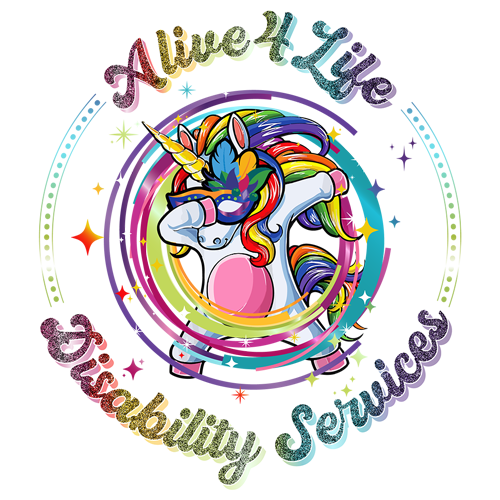
About Alive4Life
Alive4Life Disability Services provides support and services to enhance the quality of life of NDIS participants and their families across Campbelltown and Wollongong.



